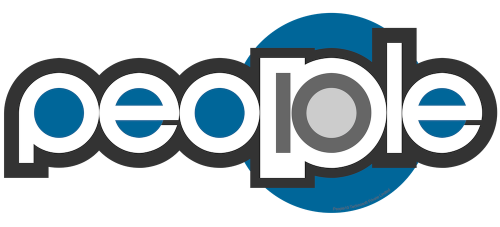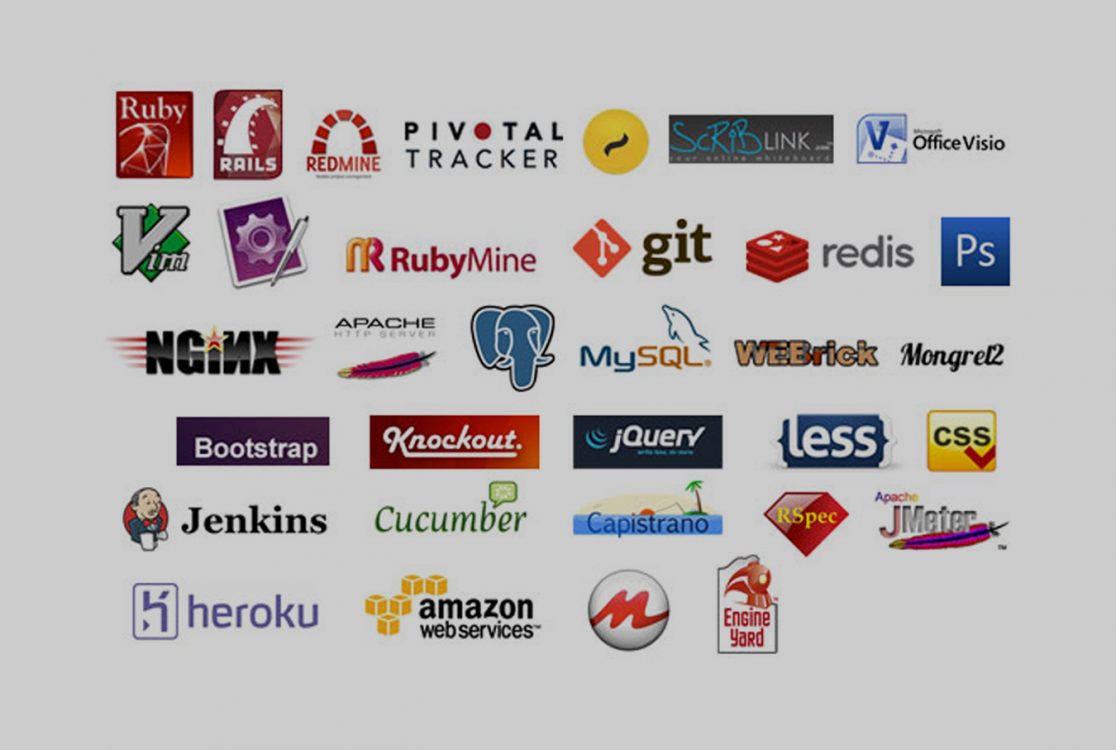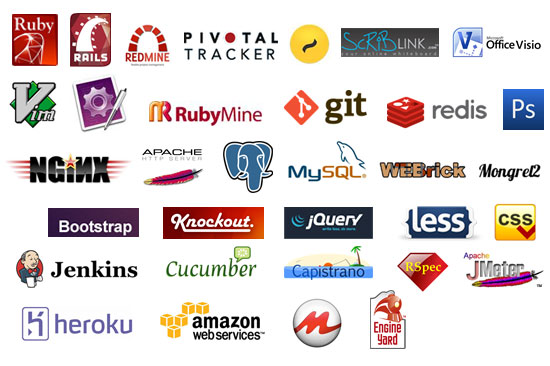What is Ruby on Rails ?
Over the years, Ruby on Rails has become the platform of choice for web application development. It is an open-source web application stack, consisting of Rails as the framework which has been developed using a pure object-oriented language called Ruby. Rails has a wealth of pre-written code that allows implementation of the structure and the common functions of a database-driven site. Ruby on Rails also provides the power to innovate and iterate as it supports Agile development and can help create working software rapidly.
Why Ruby on Rails ?

With the various characteristics of Ruby on Rails like it’s Dynamic approach, Convention over configuration, Do not repeat yourself (DRY), Model view controller (MVC), Active record patterns etc., it has been adopted as an excellent platform for web application development. Some of the most popular web applications powering successful business are built on Ruby on Rails.
The approach adopted by Ruby on Rails for building web applications is very simple and consistent. The outstanding architecture of Ruby on Rails solves the common architectural problems of persistence, logging, build scripts, application configuration, web-tier components and workflow that existed with the traditional web applications development. This helps the web development process to become more productive in lesser time.
Ruby on Rails follows the Model View Controller (MVC) architecture. MVC helps in addressing the issues of code re usability and separation of concerns. The model consists of application data and business rules, and the controller mediates input, converting it to commands for the model or view with the help of Ajax, Backbone etc. MVC can be executed partly on the client without having to send hyperlink requests to retrieve the complete page.
Download Ruby on Rails White Paper
Ruby on Rails Ecosystem
Ruby on Rails : Compatibility with Cloud
Numerous e-commerce, social and enterprise applications are built on Ruby on Rails hosted on many cloud platforms supporting Ruby on Rails. Ruby has already been named as the “Language of the cloud”, which is evident already, as companies like Heroku, Engine Yard and Morphlabs are utilizing Ruby at its fullest to glue their cloud platform. Ruby on Rails is a compelling option for companies migrating from server based legacy products to modern web applications. Cloud management has also become easier with inherent support for elasticity and auto scaling offered with Ruby on Rails making transformation to cloud seamless.
Ruby on Rails : Support for Agile Development
The support for agile development is also integrated into the developer engineering practices with readily available tools like Jenkins CI for continuous integration, Cucumber for test driven development, and Capistrano for deployment. Project collaboration tools like Jira, and Pivotal tracker offers integration to Ruby on Rails environment for effective backlog management and issue resolution.
Few of the popular names associated with Ruby on Rails for building their applications are Basecamp, Twitter, Shopify, Yellow pages, Groupon etc. These names speak for themselves and their association with Ruby on Rails justifies the leading position in the current market scenario. These are not the only ones which have their web applications built using Ruby on Rails but almost 239,522 sites use Ruby on Rails. This huge number reconfirms the market share of Ruby on Rails and the bright future ahead.
To conclude, we can say that there are clearly many significant benefits of Ruby on Rails as a web development platform as it supports rapid development, is flexible and gives a lot of importance to collaboration over convention. All this makes Ruby on Rails a preferred choice for web application development.
Read in depth, why your next web application should be built with Ruby on Rails. Download Whitepaper “RUBY ON RAILS –
The preferred platform for web development”.






